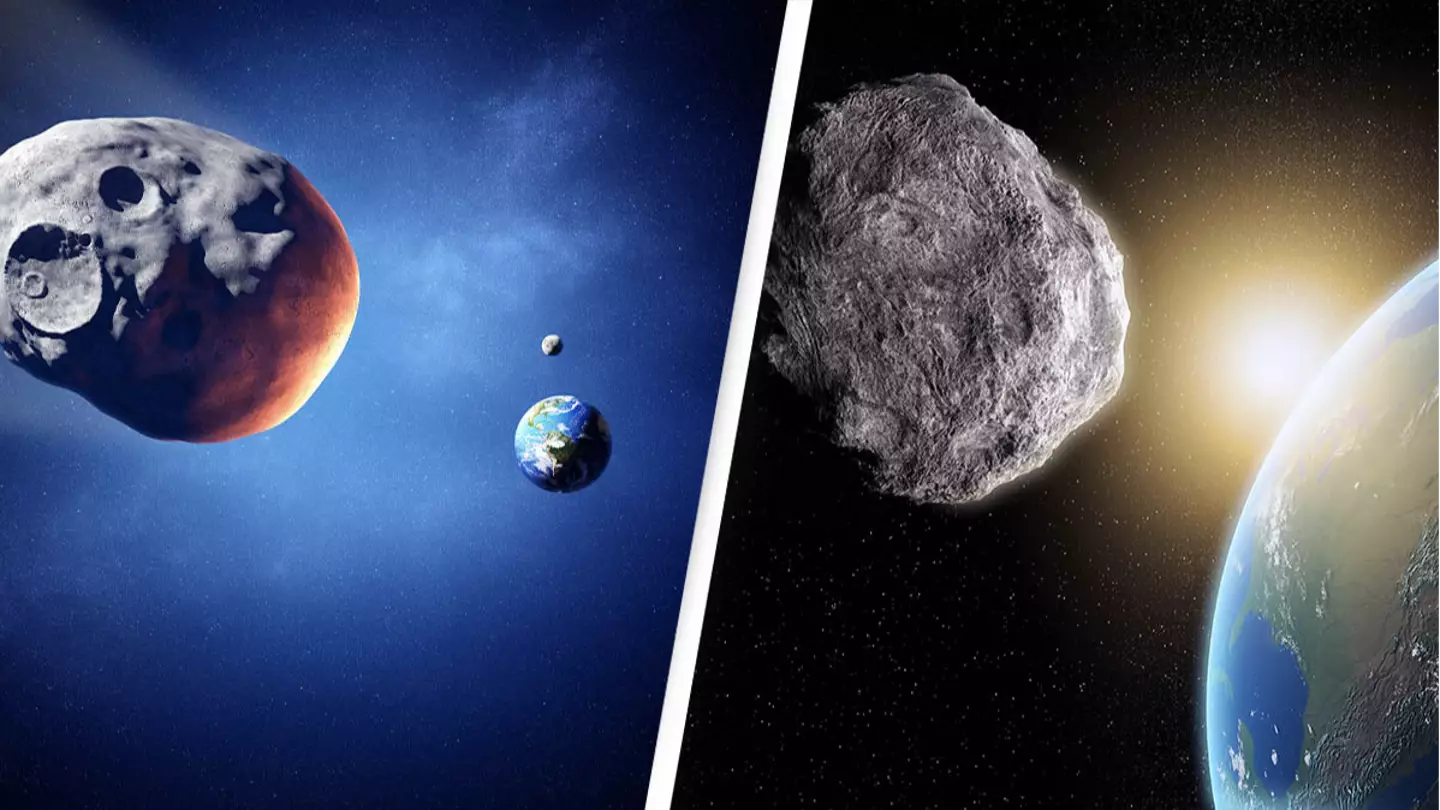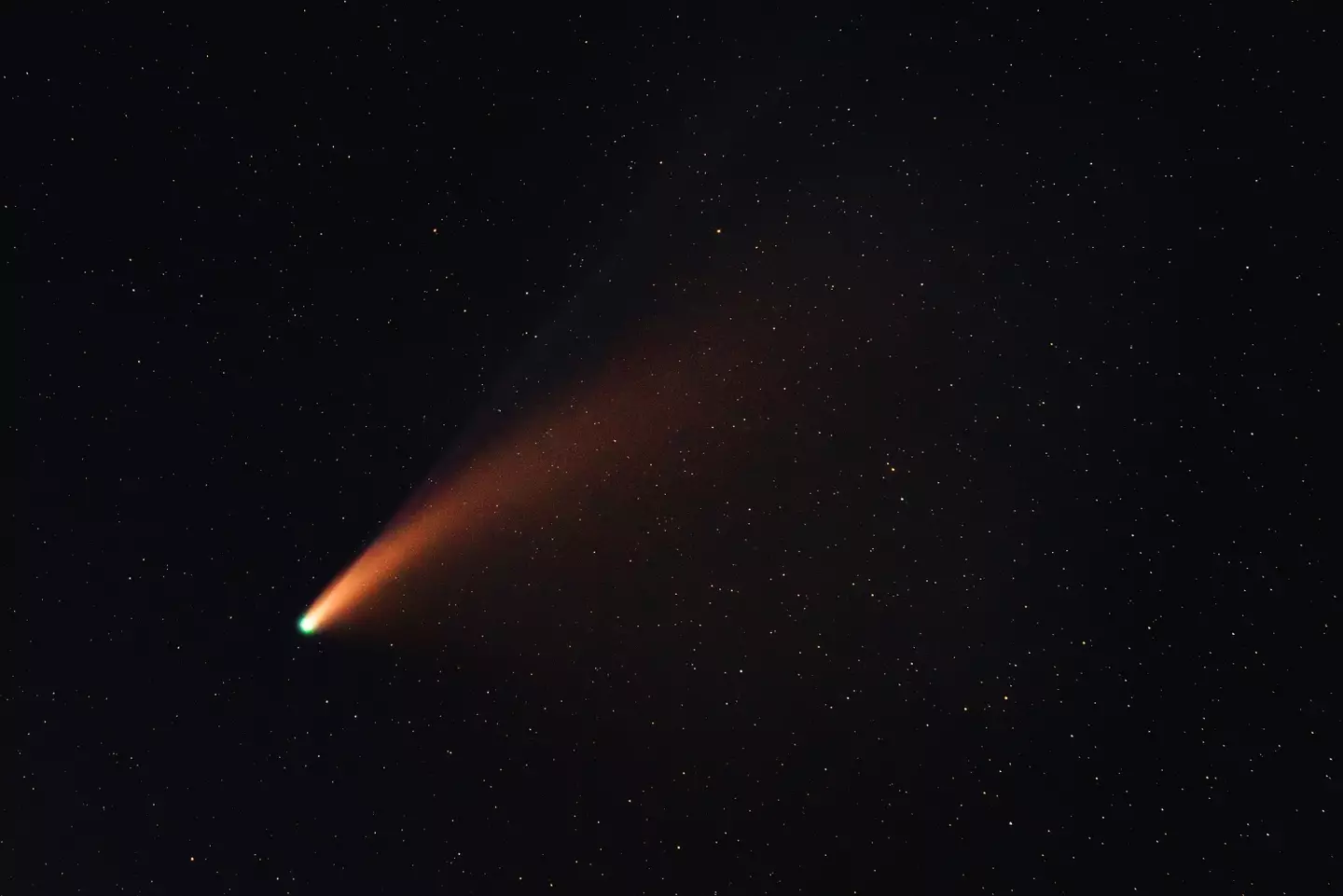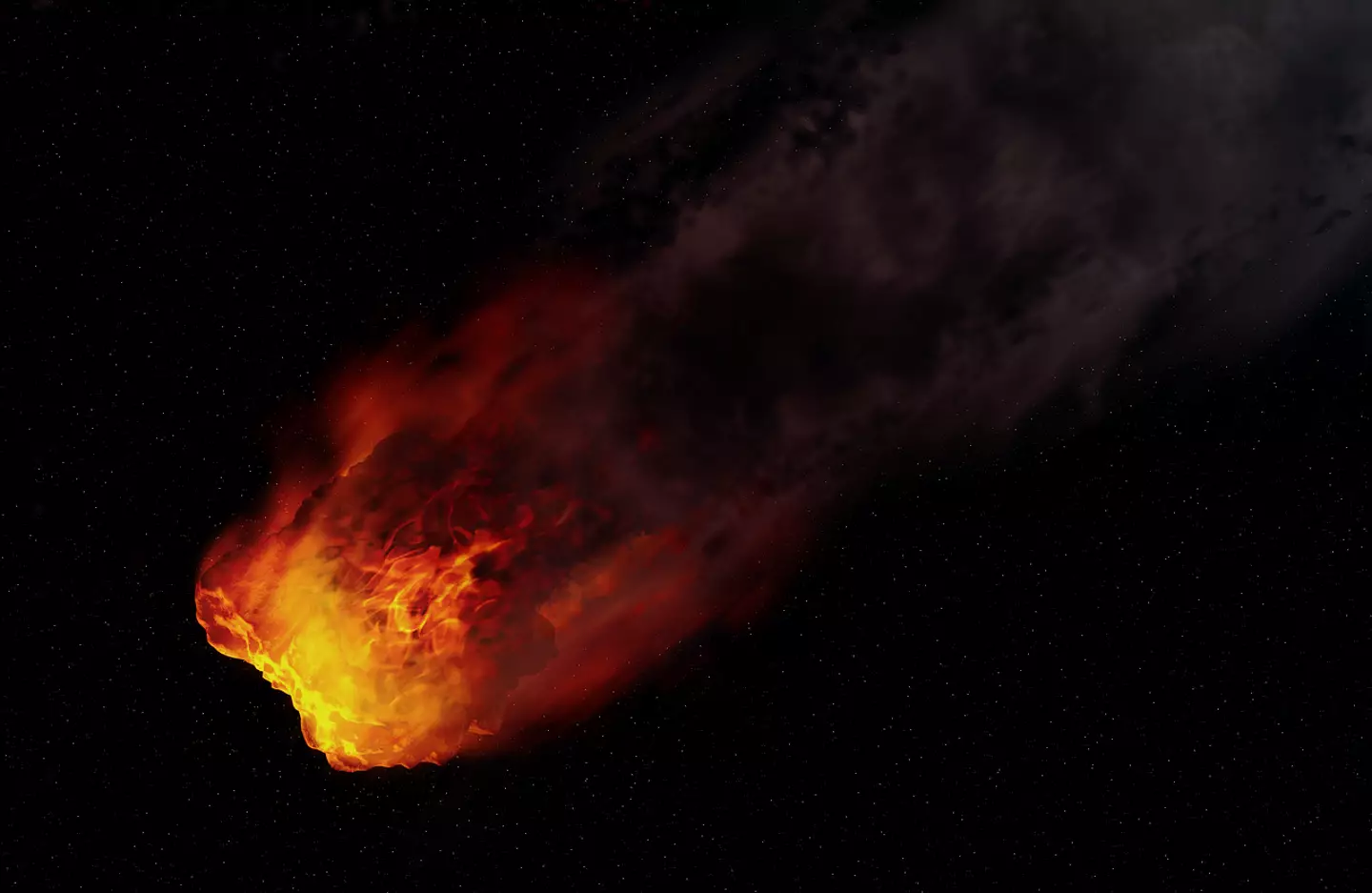
Astronomers spotted an asteroid on its way to Earth – only this time, there was an actual collision.
Claims of massive, extinction-level asteroids cruising through space are nothing new; if we actually stopped to think about how close the planet has come to its catastrophic demise, we'd probably struggle to sleep.
However, for the vast majority of those stories, that's all those big lumps of space rock are: passers-by, speeding through the cosmos at unimaginable speeds while we're none the wiser. Not this time.
On March 11, a small asteroid hit Earth’s atmosphere over the Norwegian Sea before disintegrating. It was just two metres in size, according to NASA, and it came into the view of astronomers just as it broke through the Earth's atmosphere.
Advert
This isn't to say they were caught off-guard: two hours before the asteroid made impact, K. Sarneczky at the Piszkéstető Observatory in northern Hungary reported observations of a 'bright and fast-moving object' to the Minor Planet Centre.
From here, the object – named Asteroid 2022 EB5 – was posted on the centre's Near-Earth Object Confirmation Page, where it was eventually confirmed as an asteroid with an impact likelihood of less than 1%.

However, this later leaped to an impact chance of 100%, then-predicted to land somewhere near Northern Ireland.
Advert
NASA's 'Scout' impact hazard assessment system then took the centre's early measurements to calculate the trajectory of the asteroid.
"Scout had only 14 observations over 40 minutes from one observatory to work with when it first identified the object as an impactor," Davide Farnocchia, a navigation engineer at NASA's Jet Propulsion Laboratory (JPL) who developed Scout, said in a press release.

"We were able to determine the possible impact locations, which initially extended from western Greenland to off the coast of Norway. As more observatories tracked the asteroid, our calculations of its trajectory and impact location became more precise."
Advert
Paul Chodas, the director of the Centre for Near-Earth Object Studies at JPL, added: "Tiny asteroids like 2022 EB5 are numerous, and they impact into the atmosphere quite frequently – roughly every 10 months or so.
"But very few of these asteroids have actually been detected in space and observed extensively prior to impact, basically because they are very faint until the last few hours, and a survey telescope has to observe just the right spot of sky at the right time for one to be detected."
If you have a story you want to tell, send it to UNILAD via [email protected]
